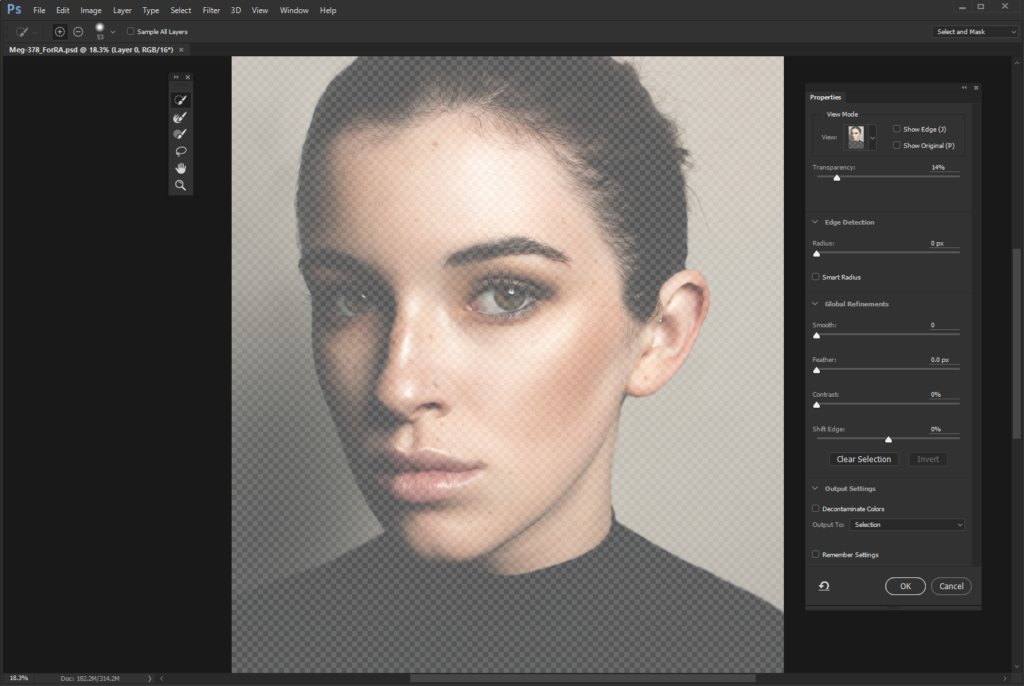It’s no news to anyone that we see women comprising the bulk of subject matter in fashion, editorial, cosmetic, and social media imagery, so it’s not surprising that almost all retouching education and workflows revolve around techniques that serve female subjects.
Because most retouching artists focus their training and efforts on perfecting their skills in retouching female faces, they often apply the same approach when they are presented with a male face to retouch. That is most likely why we often see men’s portraits retouched with heavy-handed results taking on the critical descriptor of being “overdone.”
Now given that the beauty standards for women are what they are, even in female portrait retouching where we are supposed to keep all of the personal qualities and characteristics of the person’s appearance intact, emphasizing perfection via expertly applied makeup in pre-production and flawless skin in post-production, is a common approach. This is not the case when it comes to retouching men, though.
RELATED: Retouching Guidelines & Considerations
By contrast, men are typically desired to have more rugged and defined features. Imperfections like laugh lines, forehead wrinkles, beauty marks, uneven textures and even scars are much more acceptable in photographs of men.
While on women such features are generally viewed as unflattering, for men they are considered pretty much as the exact opposite. Of course, these beauty standards do differ depending on culture and purpose of the images; they also do change over time and are subject to the image creators’ personal tastes.
Putting the ethical concerns regarding the societal impacts on re-enforcing specific definitions of what constitutes beauty between genders aside, it should be fairly evident that a retouching workflow for men will undoubtedly be different than that of women.
And, it should go without saying, that just because we apply different workflows and methodologies in post-production of male and female images, it doesn’t mean that one is better than the other. Having a workflow that is specifically tailored for the gender of your subjects will allow you to work efficiently and effectively, ensuring the best possible results within current contemporary standards.
In the following tutorial by Anita Sadowska, we’ll now see a typical men’s fashion portrait retouching workflow from start to finish:
Source: Anita Sadowska | Featured Image: Gerry Kingsley














